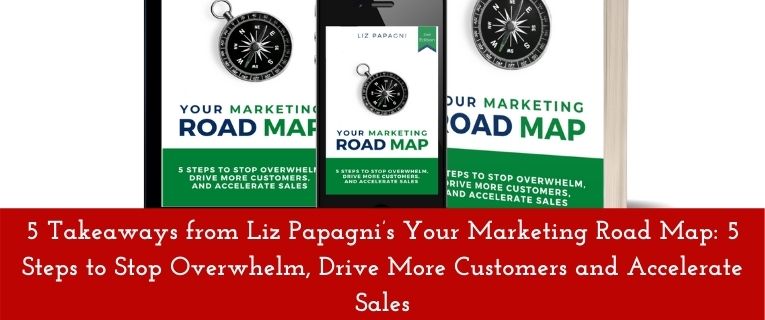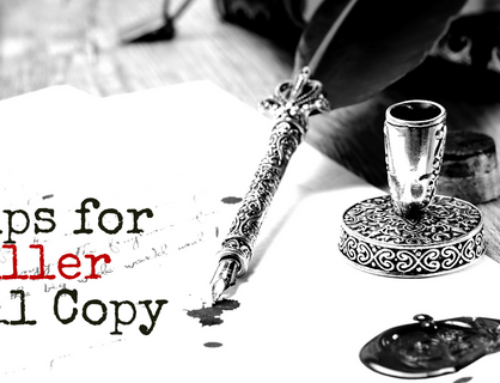1. “Understanding who you are, who your company is, and the value you bring to your customers is the foundation for your brand and purpose behind your marketing. It’s how you tell your story, express your promise, and provide a unique resolution to your customers’ challenges, needs, and wants.”
Liz dives into deep detail explaining the art of understanding your brand. It can be difficult to decide what your voice sounds like, but Liz does a great job of outlining what your brand is (and isn’t). Liz offers a comprehensive framework that she calls “brand architecture,” a simple, yet effective to help better understand your own branding. The outline goes through the following steps: brand attributes, brand essence (your battle cry), value proposition, and brand position. Liz then takes you through each step to further explain their application.
2. “…You must define your ideal buyer’s characteristics from both a business and personal standpoint, including their influential chain.”
Liz challenges readers to intimately define their target audience and their influence chain which is based around how their purchasing power influences others. For example, Generation Z influences a lot of household purchases. Liz again uses clear and simple frameworks to create engaging and revealing opportunities for readers to evaluate their buyer personas.
3. “Your success relies on properly constructing the message that expresses both your brand and value, while speaking directly to your customer persona groups, solving their pain and challenges, and satisfying their need. It’s about developing a message hierarchy that stays true to your brand, your one voice while taking into account the specific group requirements.”
Liz provides the groundwork for creating effective messaging by determining key messaging components, then applying those components to key audiences. Liz once again communicates this message through a great visual framework.
4. “How you visually represent your brand is as significant as how you verbally—both spoken and written—express your brand.”
This part of the book I found incredibly helpful, as Liz dives deep into visual communication, logos, and symbols. She includes everything from font, to color, and even shapes. For anyone trying to design a logo or look for their brand, this chapter is essential.
5. “Developing a results-driven marketing plan isn’t difficult. It simply needs the proper framework, flexibility, and scalability.”
Throughout this book, Liz shows how setting up a marketing campaign isn’t rocket science. Liz’s frameworks give readers the capability to plan their own campaigns; it’s not out of reach. For the small business person or someone who is new to marketing, Liz’s book is an invaluable resource and should be considered when building the cornerstones of your marketing strategy.





